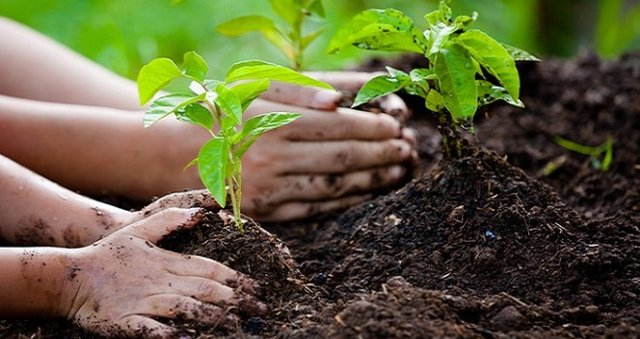Domestic and industrial components: differences
Composting is a practical way of transforming organic waste into humus, a soil rich in nutrients, perfect for the garden and garden. This is done thanks to an aerobic biological decomposition process activated by the microbial flora naturally present in the environment, with the dual advantage of reducing the amount of waste emitted into the environment and obtaining a natural manure that keeps the soil fertile and nourishes the plants.
The compost can be produced on both an industrial and domestic level, with an almost identical process, divided into three fundamental phases: biochemical degradation by hydrolytic enzymes, biological transformation and maturation. On the other hand, there are several possibilities to select upstream the organic matrixes to be used. In this sense, the starting materials will certainly be more selected in domestic practice than in industrial practice, which however has the advantage of an optimal control of process conditions (humidity, oxygenation and temperature).
In summary, it is possible to say that, with a minimum of experience, it is possible to obtain excellent compost at both domestic and industrial level. What is really important is to keep in mind that the best method for composting (including industrial composting) is first and foremost the observation of the maturation processes of the organic substance that occur spontaneously in nature. Although, in recent years, composting at industrial level is undergoing an increasingly complex mechanisation, so as to reduce the time needed to obtain mature compost (for example, by using activated enzymes, turning with mechanical blades, etc.), it should be remembered that composting is a natural process and must be treated as such.
